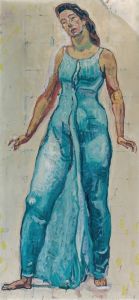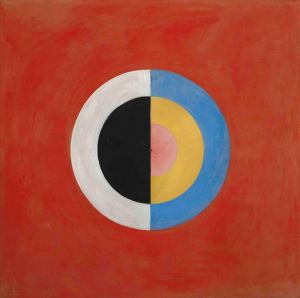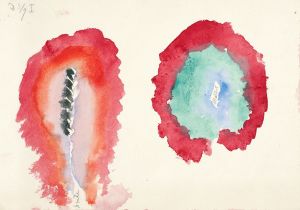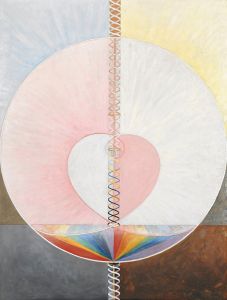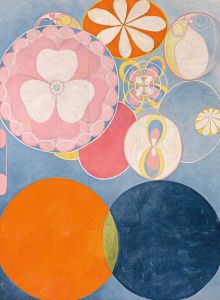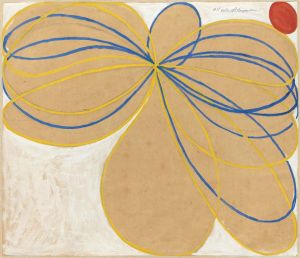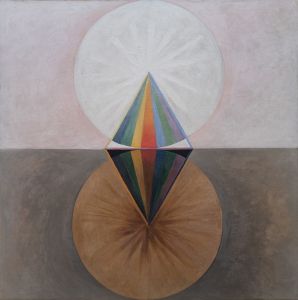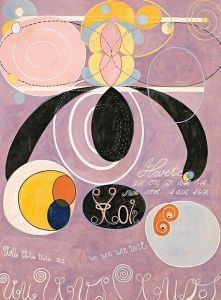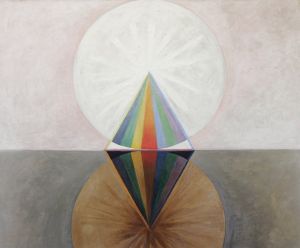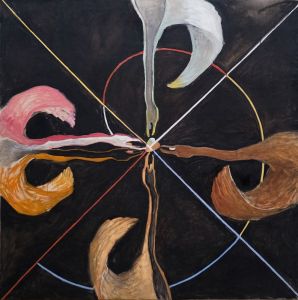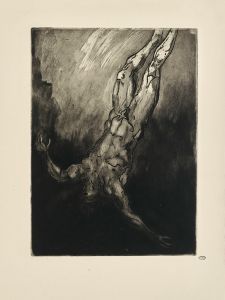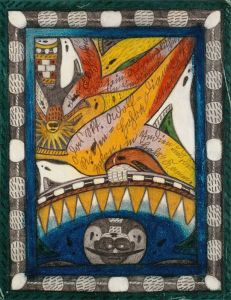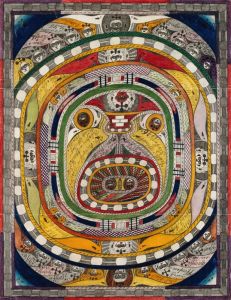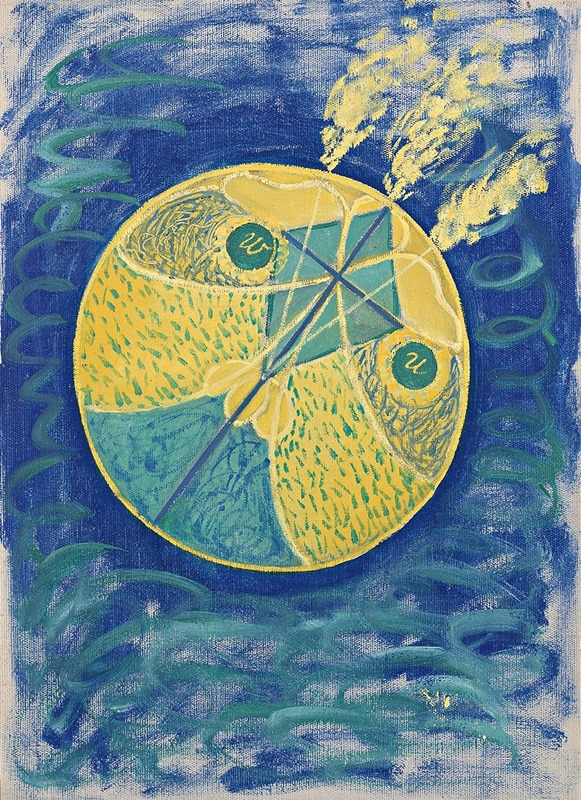
Group I, No. 7, Primordial Chaos
A hand-painted replica of Hilma af Klint’s masterpiece Group I, No. 7, Primordial Chaos, meticulously crafted by professional artists to capture the true essence of the original. Each piece is created with museum-quality canvas and rare mineral pigments, carefully painted by experienced artists with delicate brushstrokes and rich, layered colors to perfectly recreate the texture of the original artwork. Unlike machine-printed reproductions, this hand-painted version brings the painting to life, infused with the artist’s emotions and skill in every stroke. Whether for personal collection or home decoration, it instantly elevates the artistic atmosphere of any space.
Hilma af Klint's "Group I, No. 7, Primordial Chaos" is a significant work in the history of abstract art. Created in 1906, this painting is part of a larger series known as "The Paintings for the Temple," which consists of 193 works produced between 1906 and 1915. Hilma af Klint, a Swedish artist and mystic, is now recognized as a pioneer of abstract art, although her work was largely unknown and unappreciated during her lifetime.
"Group I, No. 7, Primordial Chaos" is characterized by its vibrant colors and dynamic forms, which reflect af Klint's interest in spiritualism and theosophy. The painting is an exploration of the concept of chaos as a primordial state from which order and creation emerge. This theme is consistent with af Klint's belief that her art was a visual representation of complex spiritual ideas and that she was guided by higher powers in her creative process.
The composition of "Primordial Chaos" features swirling shapes and intersecting lines, creating a sense of movement and energy. The use of bold colors, such as blues, yellows, and reds, adds to the painting's intensity and depth. Af Klint's work often incorporates symbolic elements, and "Primordial Chaos" is no exception. The forms and colors in the painting are believed to represent various spiritual and natural phenomena, although af Klint did not provide specific interpretations for each element.
Hilma af Klint's approach to art was unconventional for her time. She was influenced by her involvement with spiritualist groups and her interest in theosophy, a philosophical movement that sought to understand the mysteries of the universe and the divine. These influences are evident in her work, which often seeks to convey spiritual truths and explore the relationship between the material and immaterial worlds.
Despite her innovative approach, af Klint's work was not exhibited publicly during her lifetime. She believed that the world was not ready to understand her art and stipulated that her paintings should not be shown until at least 20 years after her death. It wasn't until the late 20th century that her contributions to abstract art began to be recognized, leading to a reevaluation of her place in art history.
Today, Hilma af Klint is celebrated as a visionary artist who anticipated many of the developments in abstract art that would follow. Her work, including "Group I, No. 7, Primordial Chaos," is now regarded as a groundbreaking exploration of the intersection between art, spirituality, and science. The painting is part of the collection of the Hilma af Klint Foundation and has been featured in numerous exhibitions worldwide, contributing to a growing appreciation of her unique artistic legacy.





